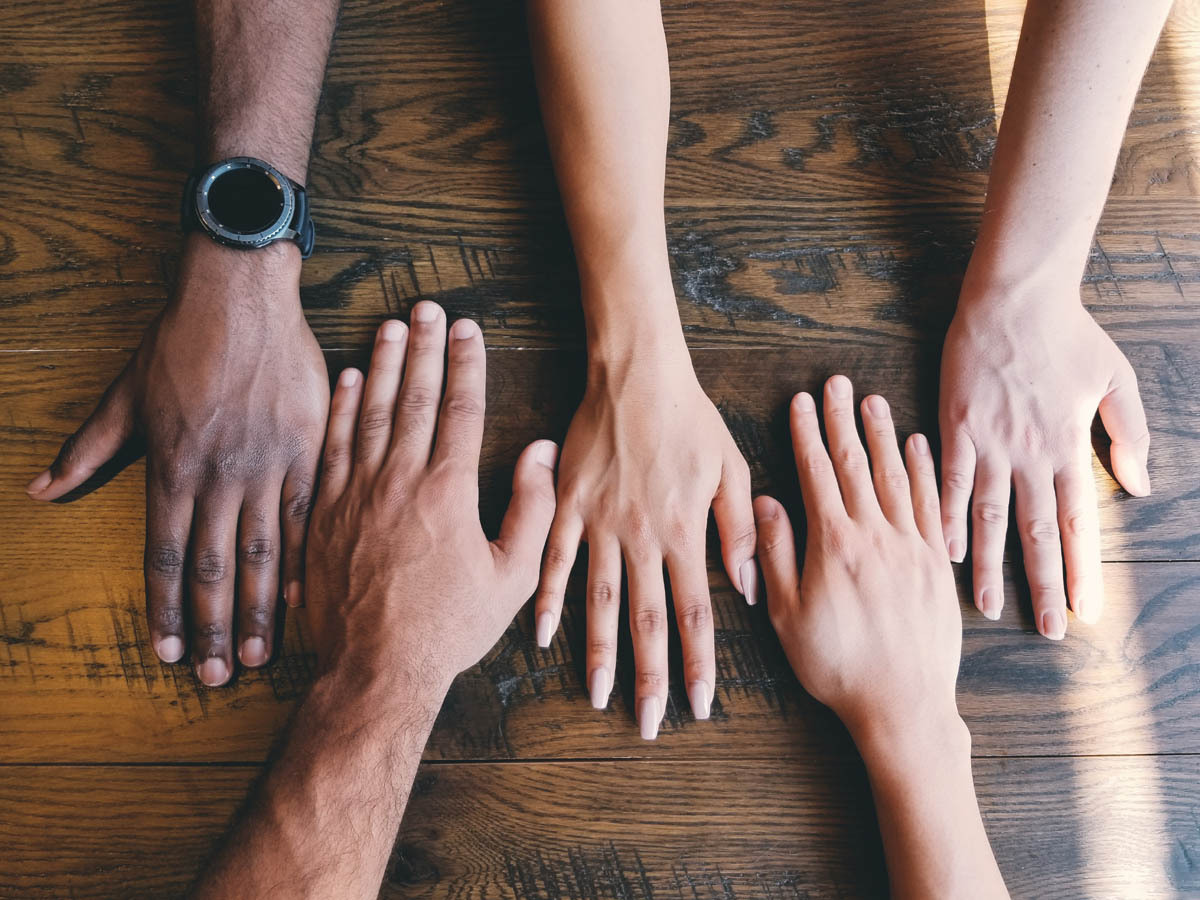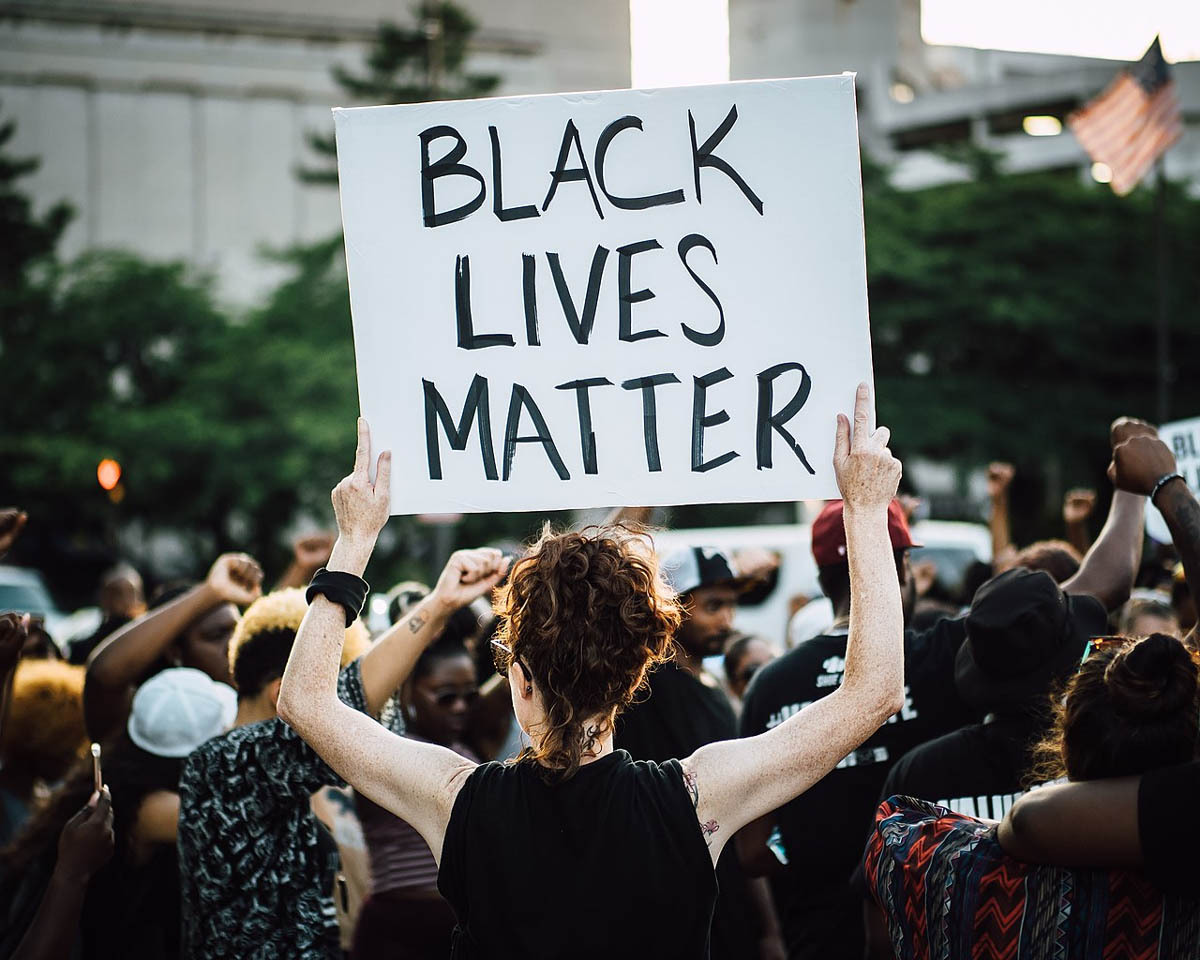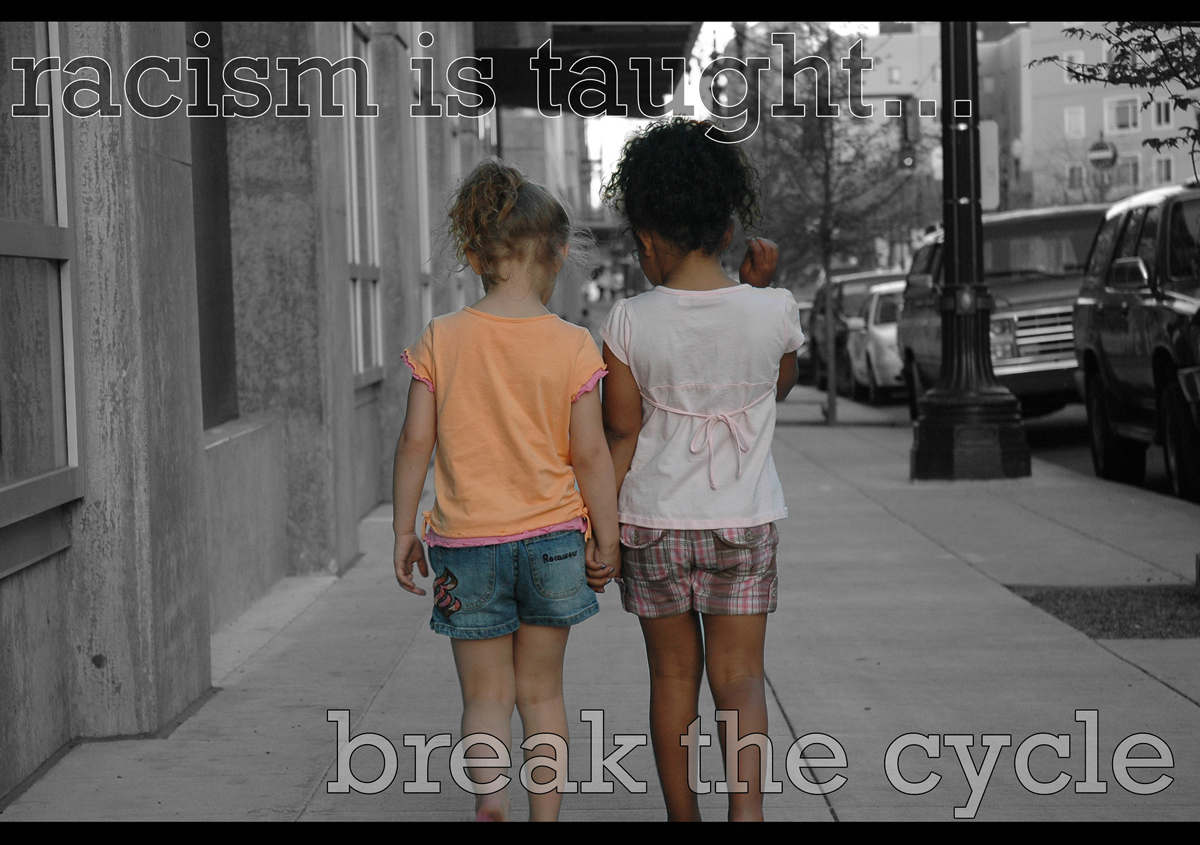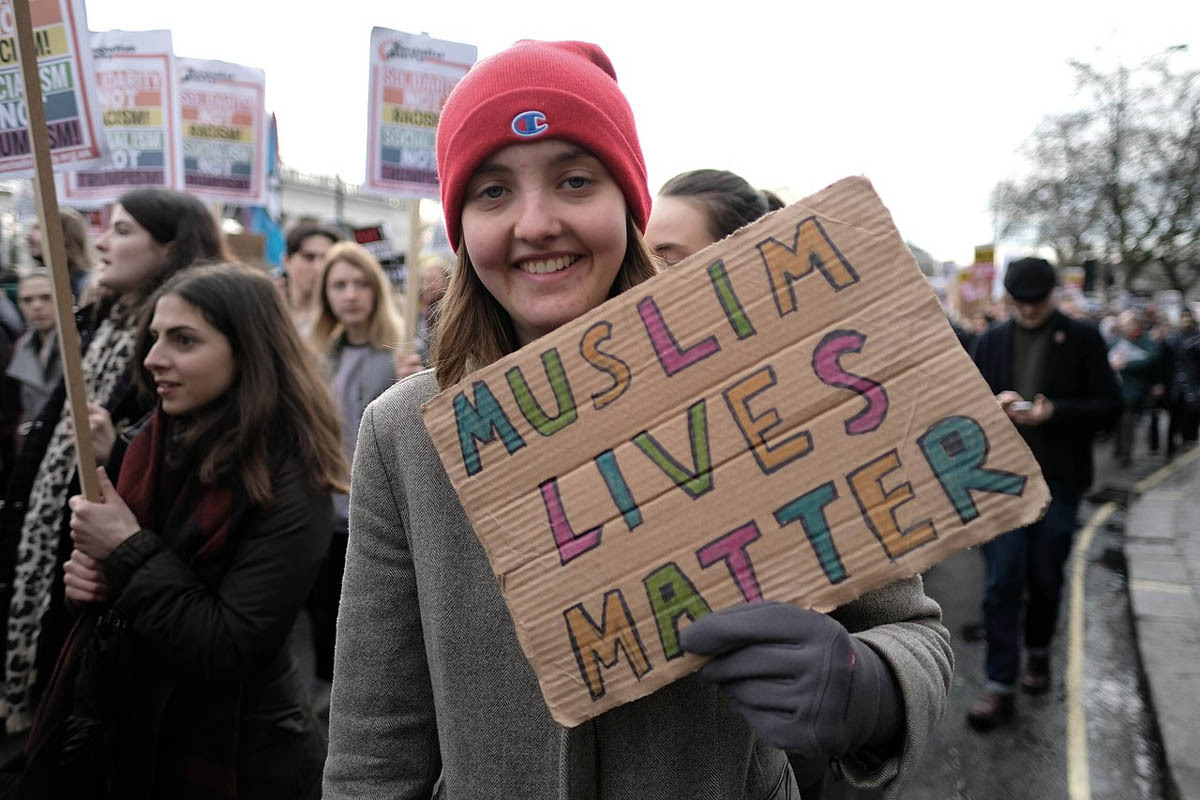
We’re Better when we’re United by Clay Banks on Unsplash
In John Grisham’s 1989 novel A Time to Kill, ten-year-old Black girl Tonya Hailey is viciously raped, abused and left for dead by two White drunken men in 1980s Mississippi. Defence lawyer Jake Brigance, played by Matthew McConaughey in a film of the same name, takes on the defence of the little girl’s father, Carl Lee Hailey (Samuel L Jackson), who shoots and kills the two perpetrators in the court house rather than see them go free.

The story has always stayed with me for its courageous attempt to tackle racial prejudice – be it conscious or unconscious. How does a White defence lawyer win over an all-White jury to free a Black man on trial for murder within a bigoted justice system? The solution he comes up with is alarming for its brutal candour.
In his final summation speech, Brigance asks the jury to close their eyes and picture the scene as he gives a graphic and heartrending account of exactly what the little girl suffered at the hands of the two men her father shot dead. He concludes his description with:
“And she drops some thirty feet down to the creek bottom below. Can you see her? Her raped, beaten, broken body, soaked in their urine, soaked in their semen, soaked in her blood, left to die. Can you see her? I want you to picture that little girl.”
“And now imagine she’s white.”
The lawyer cries as he says this last phrase and looks ashamed at what he has voiced aloud. In his effort to appeal to the court’s White jurors and audience, we appreciate that Brigance has come to accept that he too encapsulates the same ‘White privilege’ and internal racial bias as every other White person in the courtroom. Despite his courage in tackling this injustice head on, he appears broken by this realisation.
This scene is as revelatory as it is disturbing for the complex issues it raises about human nature in terms of objectivity, prejudice and self-deception. At this point, the line between story and reality blurs. Brigance is challenging not only the White jurors in the courtroom, but also White people in general, outside the story. He effectively asks us to confront our own internal biases and the ways in which these shape our beliefs and actions. At the time I saw this film, I remember feeling that the gasp in the court room on screen had been replicated all around me in the cinema.
In retrospect, what is remarkable is that novelist John Grisham managed to lay bare the fundamental essence of the ‘Black Lives Matter’ campaign three decades before it became mainstream This unpalatable truth is that in the USA (and the same is true of any White-majority society, such as Europe) people of non-White ethnicity are not afforded the same rights, privileges or justice as those from a White racial background – because they are seen by the White establishment as less worthy or less important, or simply less.

Furthermore, this institutional racism against minority groups will persist unless White people acknowledge our role in allowing it to persist. That this role, on the part of many White people, may be indirect, or the bias unconscious, cannot be an excuse for the resultant hurt, damage and injustice continually inflicted upon non-White ethnic groups.
Today in the UK, Shamima Begum, the young British Muslim girl who married an Islamic State (ISIS) fighter in Syria at the age of 15, is the target of just such racial prejudice. The now 23-year-old mother of three dead infants remains interned indefinitely in Al-Roj detention camp in Syria, alongside thousands of other young Muslim women whose countries of birth will not repatriate them.
According to Human Rights Watch:
“As of January 23, 2023, nearly 42,000 foreigners remain held in the region along with more than 23,000 Syrians. Nearly 37,000 foreign nationals are detained in al-Hol and Roj, two locked, sprawling camps primarily holding the wives, other adult female relatives, and children of male ISIS suspects. Nearly 27,000 foreigners in the camps are from neighbouring Iraq, while nearly 10,000 others are from about 60 other countries. More than 60 per cent of the camp detainees are children. Nearly 80 per cent of the children are under the age of 12, and 30 per cent are age 5 or younger.”
Despite several countries, including Canada, France, Spain, Germany and the UK, now beginning to allow back small numbers of their citizens formerly connected to IS, the numbers are small because of apparent security concerns – though public backlash is more likely the cause.
Shamima Begum is not the only British-born woman with IS connections to remain interned abroad, but she is certainly the most high profile due to the initial media coverage of her flight to Syria with her two school friends. The complication, in Shamima’s case, is that in 2019 then-Home Secretary Sajid Javid removed her citizenship on the premise that her Bangladeshi parentage would enable her to apply for a Bangladeshi passport. However, the Bangladeshi authorities have said that they will not admit her, which renders Shamima effectively stateless, with no means of leaving the Syrian detention camp and moving on with her life. She is also banned from entering the UK, even to attend court hearings.
Shamima is also not alone in having her UK citizenship removed, with a huge rise in the number of Citizenship Deprivation Orders pursued by the government since 2019. Worryingly, the 2022 Nationality and Borders Act facilitates the mechanism by which a person’s citizenship can be revoked with little warning.
The public debate over whether Shamima was indeed the victim of grooming and child exploitation, or acted with culpable agency and hence is fully deserving of her current predicament, is unremittingly toxic and full of the most blatant double standards. Indeed, child safeguarding specialist Jahnine Davis has published research into ‘adultification bias’, an example of internal bias in which the behavioural issues of children from non-White ethnic backgrounds are often viewed with less tolerance than those of White children. This has damaging consequences for the protection of Black and minority ethnic children in social care, educational and criminal justice settings.
The recently reported tragic case of Rhianan Rudd, a White girl who was radicalised online by far-right extremists aged 15, but later cleared of wrongdoing due to having been groomed, offers potential evidence for adultification bias in Shamima Begum’s case. How is it that, specific circumstances aside, a 15-year-old radicalised Muslim girl is seen as a terrorist, whereas a White girl radicalised at the same age is seen as a victim?
As former Lib-Dem leader Tim Farron recently observed, if Shamima Begum “was White and she was called Sharon from Manchester, and she’d done something like that, it wouldn’t even occur to the government to take the passport off somebody who was obviously British”.
If you are a White person reading this, ask yourself: would this young woman – who was radicalised online, married an ISIS fighter under the age of consent in a war zone, lost three young children and now sits imprisoned in a refugee camp with little hope – be treated differently if she were White and not a Muslim? Can you picture a White girl in these circumstances and insist honestly that, by now, her past behaviour wouldn’t have been excused as the misguidance of youth; that she wouldn’t have been allowed to return to her family and given rehabilitation and therapy?
No, it is because, though born and raised in London, Shamima doesn’t look or sound like Sharon from Manchester that we are having this debate. It’s because her skin is not white and she is a Muslim that she is perceived rather as a criminal than as a vulnerable young woman living a precarious existence in limbo.
At an institutional level, it is the reason that approximately 32 Muslim men, never convicted of a crime apart from being in the place at the wrong time, still languish at US-run Guantanamo Bay detention camp after 20 years of internment. At a personal level, it’s why in most White people’s heads, and contrary to all logic, Jesus is likely White also.
It is my conviction that the majority of White people have a greater awareness than at any other time of the historic injustices against people from Africa, the Middle East and Asia during European colonial rule. Many have made a conscious effort to listen to Black voices in order to understand the legacy of these wrongs and the systemic racism that still remains prevalent in such institutions as the police, the justice system, as well as in wider society. Although the war on racism is not yet won, much progress has been made in recent years with movements such as Black Lives Matter, attracting people from all backgrounds to promote equality, diversity and social justice for all.
However, it remains the case that closet racism (the ‘I’m not being racist, but … ’ mentality) and unconscious bias bubble away in our political and social discourse – hence why incidents of Islamophobia, anti-Semitism and racism are never slow to resurface.
A case in point concerns the media coverage and scrutiny that Shamima Begum has faced over the past few months. Observing the predominantly White male media and political establishment pass judgement on a non-White woman is always particularly troubling in terms of power dynamics, but some of the language used is also illuminating of the level of racial prejudice that is still deemed acceptable.
By means of example, a recent Sky news article, which makes reference to a 2021 interview with Shamima Begum, focuses initially on her appearance:
“Over her years in detention, she has undergone a transformation. It’s hard to know whether this has been a deliberate manipulation to look more like a harmless, normal young British woman, or a genuine attempt to distance herself from her years as an IS-bride.”
This wording struck me as problematic on many levels. For one thing, what does a ‘harmless, normal young British woman’ actually look like? How do we quantify ‘normal’? And as for the word ‘harmless’ – if we follow the reverse logic here, are we to conclude that a woman wearing Islamic dress is necessarily ‘dangerous’? Furthermore, for me, the idea that this young woman may be using her appearance to ‘manipulate’ us harps back to an age-old, harmful misogynistic trope.
I am not contending that the author’s intent was to present Shamima Begum’s case in a deliberately unbalanced way, but I do think that his words may in fact be more revealing of an inner prejudice than even he realises – and, moreover, one that permeates western society.
It will take decades, maybe even centuries, to eliminate the deep roots of racism and other types of internal bigotry against minority groups. Human beings are predisposed to notice difference, and the historical legacy of western-led colonialism, slavery, ethnic cleansing and genocide linger long in social memory.

But what we can do is to remain alert for signs of intolerance and prejudice, and expose it so that it loses its gloss of acceptability. Furthermore, we must never allow the far-right to exploit human and societal flaws to advance a racialist agenda. Right-wing politicians in the United States and Europe, including within our own Conservative government, are demonising refugees and asylum-seekers, and stoking xenophobia to great political effect within some sections of the population and media. Sadly, this anti-immigrant sentiment is on the increase.
Calling out bigotry and racism in others can be challenging enough, but it is even more so when addressing inner prejudices within ourselves, which are often so subtle and deep-seated that we may not even be aware of them. But until we have the courage to admit and confront our own preconceptions and internal biases, Article 1 of the UN Declaration of Human Rights, which states that ‘all human beings are born free and equal in dignity and rights’, will remain an unfulfilled ideal.
Addendum:
This article has not focused on Shamima Begum’s legal case, but there is useful background analysis in The Conversation concerning the narrow remit of the Special Immigration Appeals Commission (SIAC) to consider human rights issues in cases where there is non-disclosed national security considerations. Of significance is that SIAC accepted that Shamima Begum was most likely the victim of human trafficking and that the UK state may have failed in its duty to protect her before she left. You can read the SIAC’s Open Judgment of 22 February 2023 in the case between Shamima Begum and the Secretary of State for the Home Department in full here.





